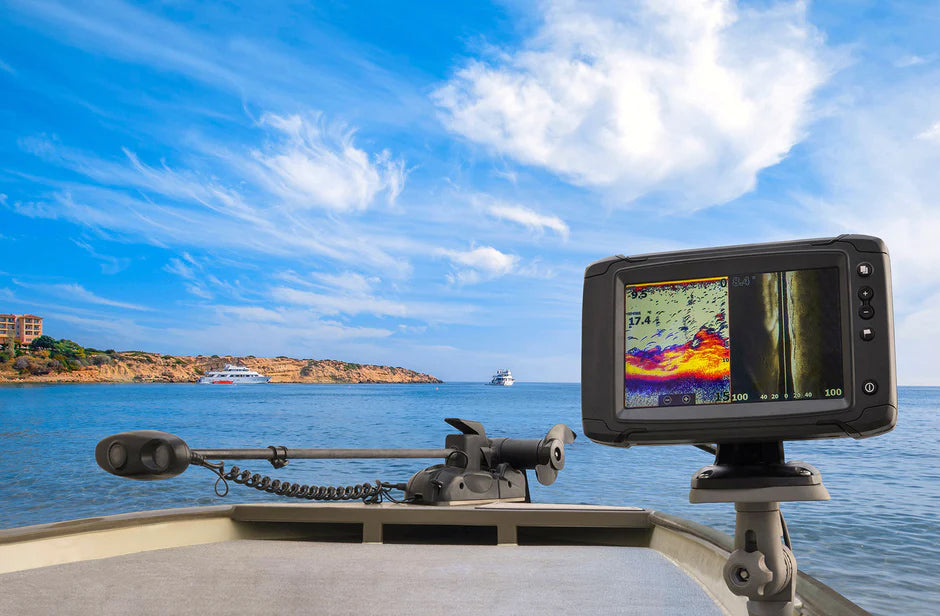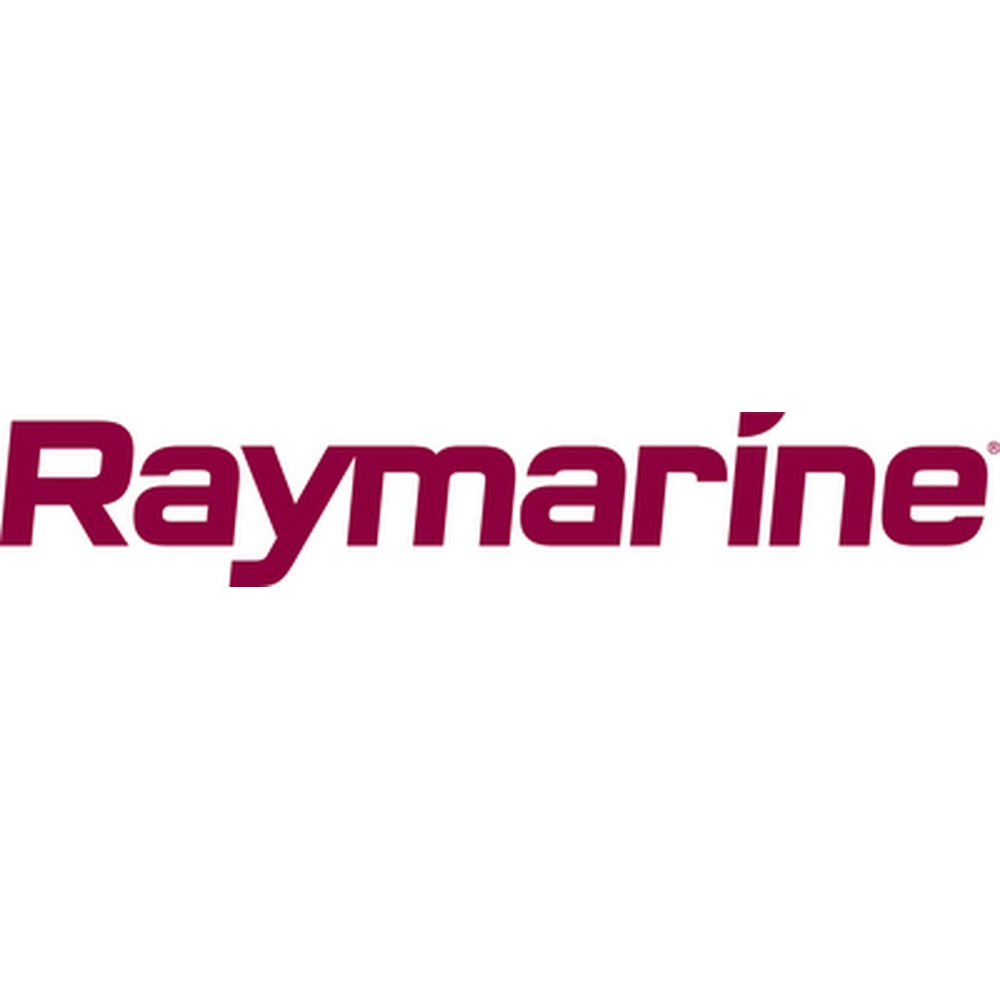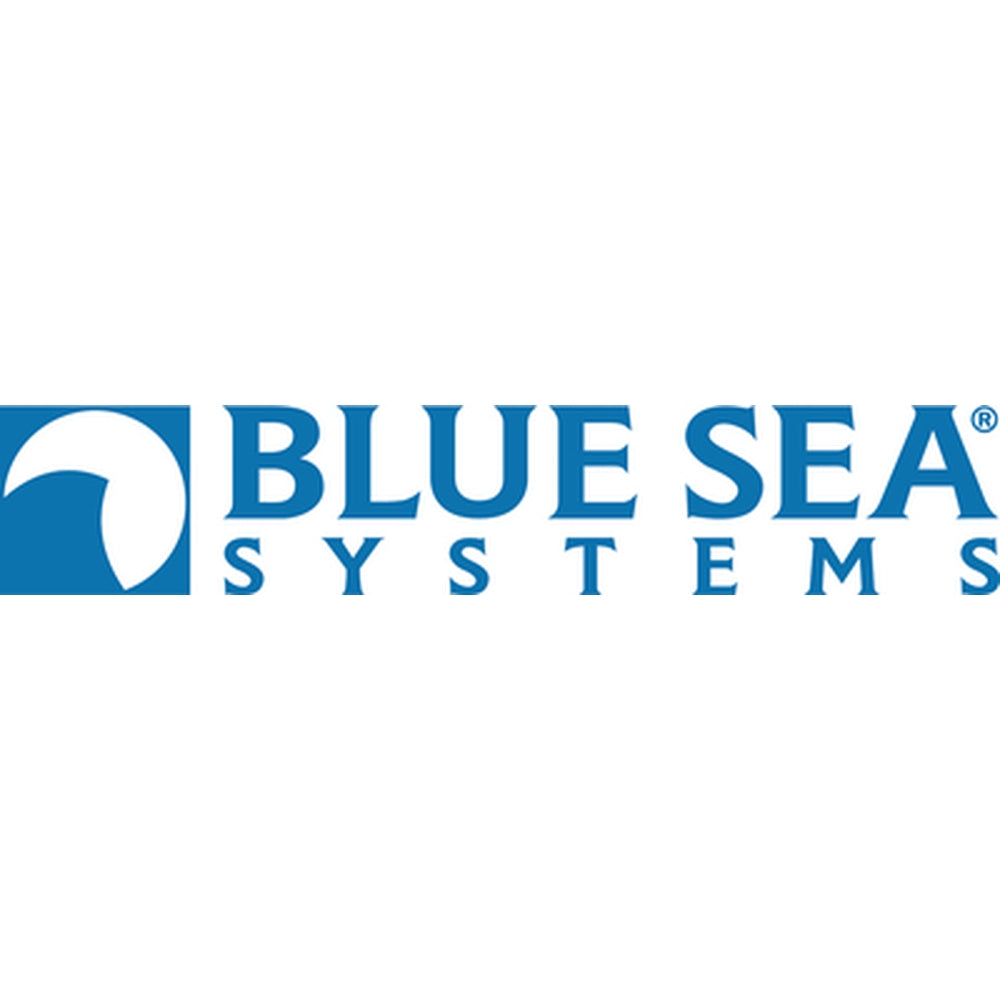A Comprehensive Guide to Understanding and Using Fish Finders

Fishing technology has come a long way since the days of simple fishing lines and bait. In our current age of advanced marine electronics, one device stands out for its profound impact on the fishing experience - the fish finder. In this guide, we'll dive deep into the world of fish finders (or fishing locators as they are sometimes known), explaining how they work, how to read their data, and how to use them to improve your fishing skills.
What is a Fish Finder?
A fish finder is an electronic device that uses sound waves to locate and display underwater information, primarily focusing on detecting fish. It employs a technology called SONAR (Sound Navigation And Ranging), initially developed for military use during World War II. Now widely available for recreational fishing, the fish finder is an invaluable tool for anglers of all levels.
Understanding How Fish Finders Work
The fish finder works on the principle of sending and receiving sound waves. Here’s a step-by-step explanation:
- Sending the Signal: The fish finder, using a component known as a transducer, sends a sound wave into the water. The transducer works by converting electrical energy into sound waves (a process known as transduction). These sound waves are often sent out in a cone-shaped beam, though the width of the beam can vary depending on the transducer's design and the frequency of the sound wave used. The strength and frequency of the sound wave can affect how deep it can go and how much detail it can reveal.
- Traveling Through the Water: The sound wave travels through the water at a speed of approximately 1,500 meters per second, although this can vary slightly depending on factors like water temperature and salinity. As the wave travels deeper, it spreads out, covering a wider area but losing some of its strength.
- Encountering an Object:The sound wave continues to travel until it encounters an object, which could be a fish, a rock, underwater vegetation, or the seabed. The shape, size, composition, and orientation of the object can all affect how much of the sound wave is reflected back and how much is absorbed or scattered.
- Reflecting the Sound Wave: When the sound wave hits an object, it reflects back towards the surface. This reflected wave is known as an echo. The strength and direction of the echo can provide information about the object.
- Receiving the Echo: The transducer is not only a sender of sound waves but also a receiver. When the echo reaches the surface, the transducer picks it up. The piezoelectric material in the transducer vibrates with the echo, converting the sound wave back into an electrical signal.
- Translating the Echo: The fish finder's computer system then takes over, interpreting the signal from the transducer. It uses the time taken for the echo to return to calculate the depth of the object - the longer the delay, the deeper the object. The strength of the echo can give some indication of the size and composition of the object. Sophisticated fish finders can even interpret differences in the echo to differentiate between fish species.
- Displaying the Information:Finally, this information is displayed graphically on the fish finder's screen. The screen might show fish as simple icons, or more advanced models might provide a more detailed image of the underwater environment. Most fish finders also display the depth of the water and may provide additional information such as water temperature and boat speed.
By repeating this process many times per second, the fish finder can provide a real-time, continuously updated view of the world beneath your boat. This allows you to see where the fish are and how they react to your bait or lure, and helps you identify suitable fishing spots and avoid potential hazards.
How to read a fish finder
Interpreting the data displayed by your fish finder is key to leveraging its potential. Here are some elements you need to understand:
Screen Layout
Most fish finders display the depth of the water on the vertical axis and time (or distance traveled over time) on the horizontal axis. This format provides a continuous depiction of the underwater environment as your boat moves. The newest information typically appears on the right and scrolls to the left as time passes.
Identifying Fish
Fish are generally displayed as arcs, straight lines, or blobs. When your boat is stationary, fish appear as straight lines, while moving boats often show fish as arches. Many fish finders also have a Fish ID feature that interprets sonar returns and displays a fish icon when a fish is detected. Remember, these icons are estimated representations and might be triggered by objects other than fish.
Recognizing the Bottom
The seabed is usually represented as a thick, continuous line across the screen, beneath all other sonar returns. A thin line might suggest a hard, rocky bottom, which reflects the sonar wave more cleanly, while a thicker line could suggest a soft, muddy bottom that absorbs more of the sound wave.
Seeing Structure and Vegetation
Underwater structures like rocks, trees, or plants can appear as vertical lines or columns above the bottom contour. Vegetation often shows up as thin, vertical lines, while rocks or other solid structures create thicker, more pronounced reflections.
Interpreting Colors
Many fish finders use different colors to indicate the strength of the sonar return. Stronger echoes (such as the bottom or large fish) are typically shown in darker colors, while weaker echoes (such as small fish or suspended particles in the water) are shown in lighter colors.
Depth and Water Temperature Indicators
Most fish finders also display the current water depth and temperature, which can be helpful for finding the thermocline (the layer of water where the temperature changes significantly, often attracting fish) and identifying the right depths for fishing.
Using Your Fish Finder Effectively
As with any tool, the benefits of a fish finder are best realized when used correctly and with understanding. Here are some tips to help you use your fish finder more effectively:
- Locate Ideal Fishing Spots: Fish finders are excellent at finding underwater structures where fish like to congregate. Structures could include sunken ships, rock formations, or fallen trees. Schools of fish will often appear as large blobs or clusters on your fish finder. By identifying these places, you can target your fishing efforts more effectively.
- Depth Reading: Knowing the depth of the water is critical for determining the type of fish you're likely to catch, as different species prefer different depths. For example, trout are often found in deeper, cooler water, while bass may be found in shallower areas. Additionally, the depth reading can help you decide which fishing technique to use (such as bottom fishing or trolling) and to set your fishing line to the appropriate depth.
- Temperature Reading: If your fish finder includes a temperature sensor, this can be incredibly beneficial. Many fish species have specific water temperature ranges they prefer. For example, salmon thrive in colder water, while species like bass prefer warmer temperatures. By finding areas in your fishing spot with ideal temperatures for the fish you're aiming to catch, you can increase your chances of success.
- GPS and Chart-Plotting Features: Many modern fish finders come equipped with GPS and chart-plotting features. These tools are immensely useful for marking successful fishing spots, allowing you to easily return to these locations in the future. They can also be used to mark areas of interest like notable underwater structures or sudden changes in depth or temperature.
Understanding and using a fish finder does require some practice and patience. But with time, you'll find it becomes an indispensable tool in your fishing arsenal, helping to increase your success and enjoyment out on the water.
Finding the Right Fish Finder for You
Now that you have a firm grasp of how fish finders work and how to read and interpret their displays, the next step is to find the right one that suits your needs. With a wide range of fish finders available on the market, this can seem like a daunting task. However, the choice becomes significantly easier when you know what to look for.
Start by considering your specific needs. Are you fishing in shallow waters or exploring the depths of the ocean? Are you a weekend hobbyist or a seasoned professional? These factors will help you determine the kind of fish finder that will serve you best. Look at the various features offered - from basic sonar models to high-tech options with GPS, chart plotting, and more.
Another crucial factor is your budget. While high-end fish finders provide an array of advanced features, there are plenty of affordable options that offer excellent performance. It's all about finding the balance between cost and features that work for you.
At Atlantis Showroom, we carry a wide selection of fish finders, or "fishing locators," suitable for every type of angler and every kind of budget. We are committed to helping you find the right tools to enhance your fishing experiences and help you enjoy your time on the water even more.
Discover the ideal fish finder that aligns with your needs, enhances your fishing abilities, and fits within your budget. Don't miss the opportunity to elevate your fishing experiences like never before. Visit our Fish Finder Collection at Atlantis Showroom today!
- Choosing a selection results in a full page refresh.










































